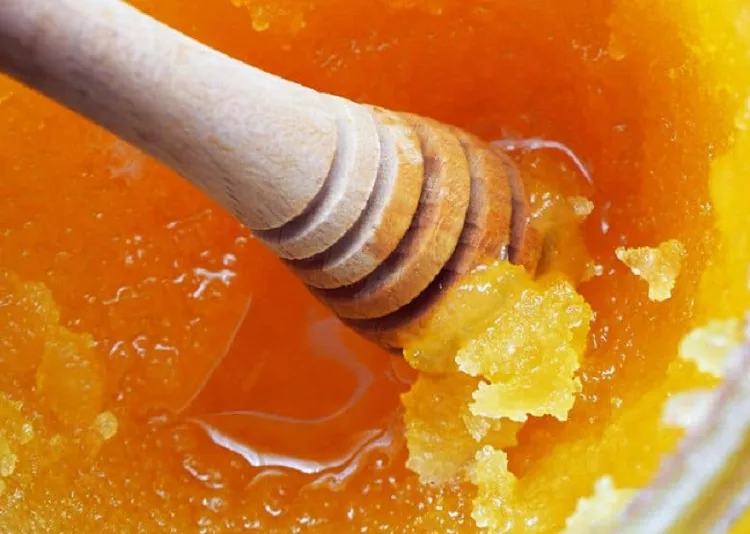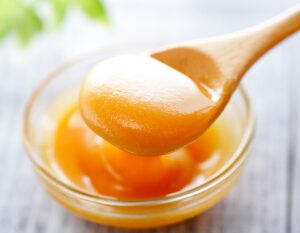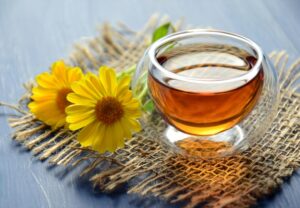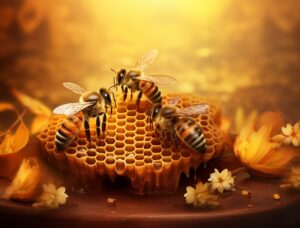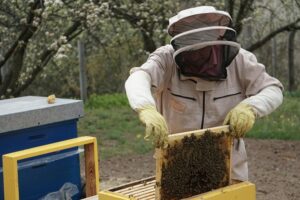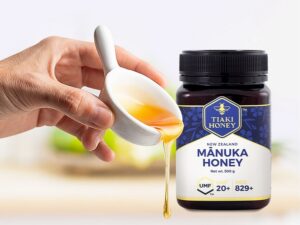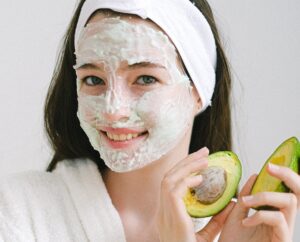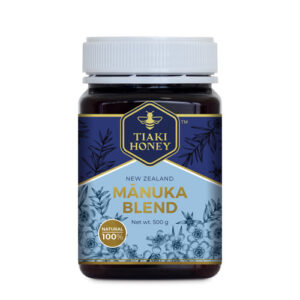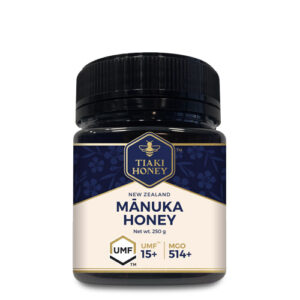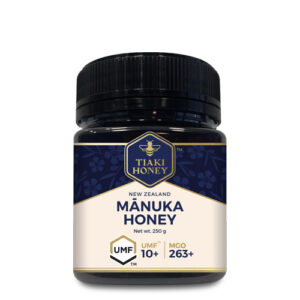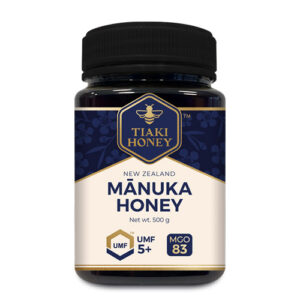Is Honey Crystallization Good Or Bad?
Honey, with its golden hue and delightful sweetness, is a beloved natural sweetener and culinary ingredient. However, you may have encountered a perplexing phenomenon when your honey starts to crystallize, forming granules or a solid mass.
This occurrence often raises questions about the quality and safety of the honey. In this article, we will demystify honey crystallization and explore whether it is a good or bad sign. Let’s delve into the science behind honey crystallization and uncover the truth about this natural process.
Why Does Honey Crystallize?
Honey crystallization, also known as honey granulation or sugaring, is a natural process that occurs when honey changes from a liquid state to a semi-solid or solid state. This phenomenon can be a bit confusing for people, but it’s important to understand that crystallization does not mean the honey has gone bad or is spoiled.
Here are the main reasons why honey crystallizes.
Sugar Composition:
Honey primarily consists of sugars, with the two most abundant ones being glucose and fructose. The relative proportions of these sugars can vary depending on the nectar source, which is why different kinds of honey may crystallize at different rates. Some types of honey have a higher glucose content, making them more prone to crystallization.
Saturated Solution:
When honey is first harvested, it is in a supersaturated state, meaning it contains more sugar than can normally dissolve in the water content of honey. This super-saturation is due to the low water content (around 18% or less) and the presence of natural compounds that promote supersaturation.
Natural Impurities:
Honey contains tiny particles such as pollen, wax, and propolis. These particles can serve as nuclei for sugar crystals to form around, initiating the crystallization process. Honey that has been carefully filtered and processed to remove these particles may crystallize more slowly.
Temperature:
Crystallization is influenced by temperature. Honey stored at lower temperatures is more likely to crystallize. In colder climates, honey often crystallizes faster. However, if you heat crystallized honey gently, it will return to its liquid state.
Time:
Over time, especially if stored for an extended period, honey is more likely to crystallize. The longer it sits on the shelf, the more time it has for sugar molecules to come together and form crystals.
Agitation:
Honey can crystallize more quickly if it’s stirred or agitated, which provides a surface for sugar crystals to grow on. If you’ve noticed honey starting to crystallize and don’t want it to, try to avoid stirring it.
Seed Crystals:
To prevent crystallization or to reverse it, you can introduce a small amount of already crystallized honey (a “seed crystal”) into the liquid honey. This provides a template for additional sugar crystals to grow on and can help create a smoother, finer texture in the crystallized honey.
It’s important to note that crystallized honey is still perfectly safe to eat, and it can be used in the same way as liquid honey. If you prefer liquid honey, you can gently warm it in a warm water bath (not boiling) to return it to a liquid state. However, keep in mind that repeated heating and cooling can affect the flavor and quality of honey, so it’s best to do this sparingly.
The Good News: Crystallization Indicates Purity
Contrary to popular belief, honey crystallization is a natural and positive characteristic that indicates the purity and quality of the honey. Raw, unprocessed honey is more prone to crystallization compared to commercially processed honey. It is a sign that your honey has not undergone excessive heating or filtration, preserving its natural properties.
Texture and Taste
Crystallized honey has a creamy or grainy texture, quite different from the liquid consistency of freshly harvested honey. Some people prefer the spreadable texture of crystallized honey, as it makes it easier to use as a topping or ingredient. The taste of crystallized honey remains unchanged, retaining its distinct flavor and aroma.
Crystallization: How to Fix It.
The great news is that crystallized honey can be easily returned to its liquid state. To reverse crystallization, gently heat the jar of honey in a warm water bath, ensuring the water temperature does not exceed 40°C (104°F). Avoid using a microwave or direct heat source, as excessive heat can destroy the beneficial enzymes and other delicate compounds in the honey.
The Benefits of Crystallized Honey
Crystallized honey offers several advantages that make it appealing to many honey enthusiasts:
Spreadable Delight: The creamy texture of crystallized honey makes it perfect for spreading on toast, biscuits, or pancakes, adding a touch of natural sweetness to your favorite foods.
Extended Shelf Life: Crystallized honey has a longer shelf life compared to liquid honey, as the solid-state helps preserve its freshness and prevent fermentation.
Versatile Ingredient: Crystallized honey can be used as a versatile ingredient in baking, cooking, and brewing. Its spreadable consistency makes it convenient to measure and incorporate into recipes.
Enhanced Flavor: Some people find that crystallized honey has a more intense flavor compared to liquid honey, adding a unique taste profile to culinary creations.
Conclusion
Honey crystallization is a natural process that occurs due to the separation of sugars in the honey. Far from being a negative sign, crystallization actually indicates the purity and quality of the honey. Embrace the creamy texture and enjoy the spreadable delight of crystallized honey.
If you prefer the liquid state, gently warm the honey to return it to its original form. Whether in its liquid or crystallized state, honey remains a delicious and versatile ingredient that adds sweetness and flavor to your favorite dishes.
